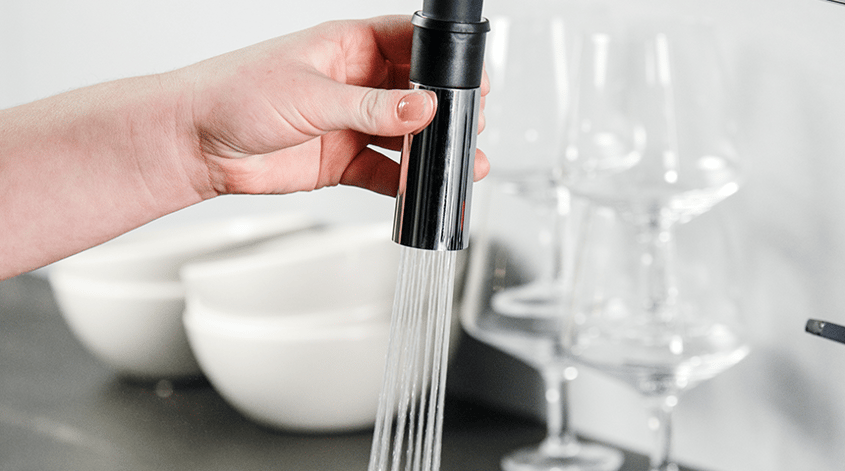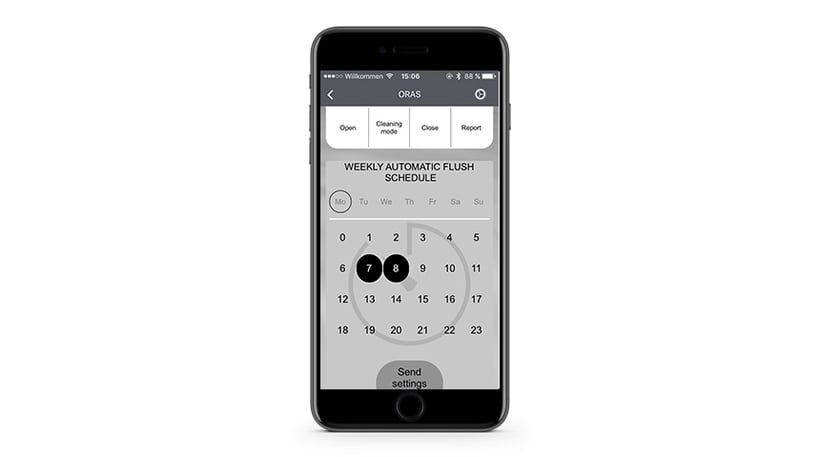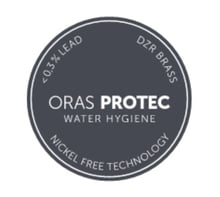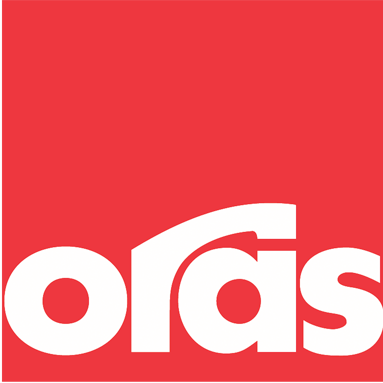How can fixtures help ensure safe and healthy drinking water? Here's how to talk to your customers about water quality.
Over the past years, the EU has been committed to improving the state of Europe’s freshwater supply, declaring high-quality, safe and sufficient drinking water essential for our daily lives.
Especially for drinking and food preparation in residential and commercial buildings, water must be free from chemical substances or germs that can affect the health of people.

Thanks to key legislative directives, such as the EU Drinking Water Directive, water coming from our faucets is carefully monitored to guarantee high-quality standards and protect us from contaminated waters.
But what does it mean for water to be safe for human consumption? Here's how to talk to your customers about safe drinking water.
How can stagnated waters affect water safety?
Our drinking water is a natural product from the water cycle and is therefore not 100% sterile.
Even after treatment in the waterworks, it contains low concentrations of microorganisms. Generally, they are harmless and don’t pose a health risk.
However, if drinking water stays in the pipes for more than several hours, it stagnates. This shapes the perfect conditions for microorganisms to develop and multiply, which poses a significant health risk to end-users.
Legionellae, for example, is one type of widespread environmental bacteria that are a natural component of surface and groundwater in low concentrations and can also be found in drinking water.
Increased water temperature and long dwell times of water generally promote the multiplication of undesirable substances and bacteria in water pipes.
As microorganisms can migrate from contaminated stagnation areas into regularly used pipe sections, they endanger the quality of the drinking water and can increase the risk of infection.
Private households are particularly prone to water stagnation, where installations haven’t been used for a long time (for example, in guest toilets, holiday apartments or vacant apartments) or public premises that haven’t been active for a long period of time, such as hotels, restaurants and schools during the holiday season.
How can customers avoid stagnant waters?
Ensure a regular water flow to avoid long dwell times of the water in the installation.
Once infected with legionellae or other bacteria, it's extremely time- and cost-intensive to recover the water safety of the building, especially in larger building projects.
This can be done by both building owners or private users.
+ 4 hours: If water has been left in the tap for 4 hours or more.
- Water that has been in the pipes for more than four hours should not be used for drinking or preparing food.
- For stagnation water to run off, run the tap until the water is cool over your fingers. You can recognise the freshwater by the cooler temperature.
Legionellae multiply very slowly in cold water with temperatures below 20 °C and die from approx. 70 °C. However, temperatures ranging between 25 °C and 55 °C can lead to a high concentration of Legionellae that affect the health and safety standards of the water.
+ 3 days: If water has been left in the tap for 3 days or more.
- Open the faucet and run the water for several minutes to ensure the complete exchange of drinking water in the system and system parts.
+ 4 weeks: If water has been left in the tap for 4 weeks or more.
- Shut off the pipes before you are absent. Flush the pipes when starting up again.
Especially in places with longer absences, such as holiday apartments, hotels, or guest bathrooms, automatic flushing can help ensure the pipes are flushed regularly when not in use.
How can customers bypass manual flushing?
Manual flushing can be a time-consuming task – especially in larger public buildings. And although crucial for ensuring optimal water safety, it’s often overlooked by end-users.
To provide a more reliable, comfortable and efficient user experience, many of Oras’ faucets are equipped with automatic flushing features. That way, customers can easily manage flushing intervals, flushing duration and cleaning time through a Bluetooth-enabled connection via the Oras App (e.g., by setting a fixed flushing interval, which is automatically activated every 72 hours).

Schedule weekly or daily automatic flush with the Oras Connect app.
Learn more about how automatic flushing can prevent undesired substances and bacteria from growing.
How can the faucet’s material affect water quality?
Materials built into fixtures can release small amounts of chemical substances and impair water quality.
A common concern of customers is traces of lead that can end up in drinking water when plumbing materials containing lead, such as pipes, faucets, and fixtures, corrode over time.
That's why, to ensure safe drinking water, faucets must comply with strict quality regulations.
Which materials are best for ensuring safe drinking water?
An essential standard for manufactured materials is the 4MS Common Composition List, classifying the materials that comply with EU standards.
For pipes, the following materials can be commonly found in drinking water installations
▸ copper
▸ stainless steel
▸ plastics
Outer components
For outer body parts, covers and levers, dezincification resistant (DZR) brass or chrome-plated zinc is mainly used.
Depending on its quality, water is quite aggressive in the long run and can wash out the zinc from the brass alloy. That’s why high-quality faucets are equipped with particularly resistant MS63 brass.
It’s one of the best brass materials to be used in the sanitary industry and a good investment, not only because of its extremely durable qualities but also as a guarantee for safe drinking water. In addition to lowering the contamination of the water with zinc, this means reduced overall corrosion and the risk of pitting.
/Denmark/Blog/Kitchen%20theme/Swea_Saga_kitchen_860x480.jpg?width=845&name=Swea_Saga_kitchen_860x480.jpg) Oras Saga Eco is a lead-free kitchen faucet with < 0,1% Pb content making it a safe choice for customers with the highest water purity standards.
Oras Saga Eco is a lead-free kitchen faucet with < 0,1% Pb content making it a safe choice for customers with the highest water purity standards.
If your customers demand the highest water purity standards, lead-free products and nickel-free waterways are a great choice. Watching out for the Oras Protect label can help you identify the products in our range, which contain less than 0.3% lead to keep levels of lead in the water supply as low as possible.
 Inner components
Inner components
For inner components, such as cartridges, valves, aerators and pipes, different types of polymers are used to ensure a high level of hygiene.
For the spout’s interior, for example, PSU/PPSU and POM engineering plastics are commonly used due to their excellent chemical properties.
They are an extremely hygienic choice for components that are in contact with water and food, reducing exposure to chemicals microbes and resisting humidity and mold.
To further improve water purity and reduce the propagation of harmful microbial growth, all plastic materials which are expected to come in contact with water are approved by local certifications, such as KTW and W270 approvals.
Find out more about the different uses and traits of plastic.
Carefully selecting the right materials and ensuring regular flushing intervals is essential for securing high water purity. Make sure to get to know your fixtures’ chemical properties and functions to guarantee a safe and substance-free water supply for your customers.







/Denmark/Blog/Kitchen%20theme/Swea_Saga_kitchen_860x480.jpg?width=845&name=Swea_Saga_kitchen_860x480.jpg)

